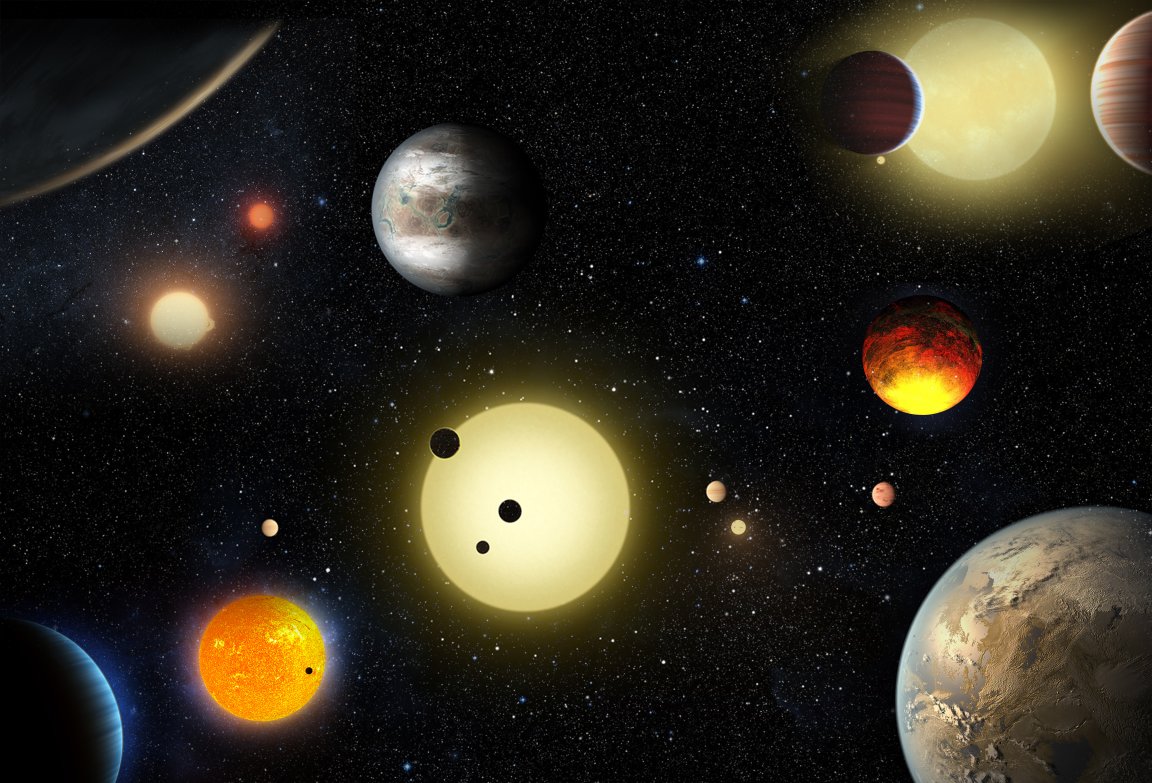
The First Generation Exoplanets
Curiosity is humanity’s greatest asset when it comes to scientific research. Curiosity has compelled us to explore the farthest corners of our galaxy and the universe — as far as our satellites and telescopes could reach, that is — and in the last 25 years, it was curiosity that lead us on our search for exoplanets, a planet that orbits a star outside of Earth’s solar system.
While several candidate exoplanets had previously been identified, astronomers Alex Wolszczan and Dale Frail made history on January 9, 1992 when they confirmed that such planets do exist beyond our solar system. Using the Arecibo Observatory in Puerto Rico, they discovered two exoplanets orbiting a pulsar (PSR B1257+12) located in the constellation Virgo, about 2,300 light-years away from Earth. Both planets are about four times as massive as our planet.
A third exoplanet was found orbiting the same pulsar in 1994, again by Wolszczan and a colleague named Maciej Konacki. The three were given rather unexciting names: PSR1257+12b, PSR1257+12c, and PSR1257+12d. But thanks to the Name Exoworlds contest, these were rebranded in 2015 as Draugr (“Skyrim,” anyone?), Poltergeist, and Phobetor, respectively.
In October of 1995, 51 Pegasi b — the first known exoplanet orbiting a star similar to our Sun — was discovered by Michel Mayor and Didier Quelozm and the “alien worlds” have just kept popping up. If fact, in the short quarter of a century since the first exoplanets were discovered, we have identified about 3,500 of them.
“From the very start, the existence of such a system carried with it a prediction that planets around other stars must be common, and that they may exist in a wide variety of architectures, which would be impossible to anticipate on the basis of our knowledge of the solar system alone,” according to Wolszczan.

The Better to See Them With
Certainly, our ability to identify and confirm these planets has greatly increased in the years since 1992, thanks to developments in technology. In particular, the launch of NASA’s Kepler space telescope in March 2009 quickened the pace at which we spot exoplanets. Kepler detects exoplanets by monitoring the tiny dips in brightness that occur when these planets cross the side of their host stars that face the telescope. Of the roughly 3,500 known exoplanets, 2,331 have been confirmed by Kepler using its “transit method.”
We have learned that exoplanets are very diverse, and some are even stranger than others. In the next few years, our capacity to spot new ones will grow even greater. For one thing, the James Webb Space Telescope (JWST) is set to launch in 2018. With its payload of more powerful lenses and mirrors, it’s bound to be better than the telescopes before it at identifying these celestial bodies. Then there’s the greatest astronomical discovery of 2016: the confirmation of Einstein’s gravitational waves. Now that we know that they exist, we can be more sensitive to how they affect planets and use their confirmation in our search for new ones.
Exciting times are ahead for exoplanet hunters. Who knows? Within the next 25 years, we may finally find one that can host and sustain extraterrestrial life.